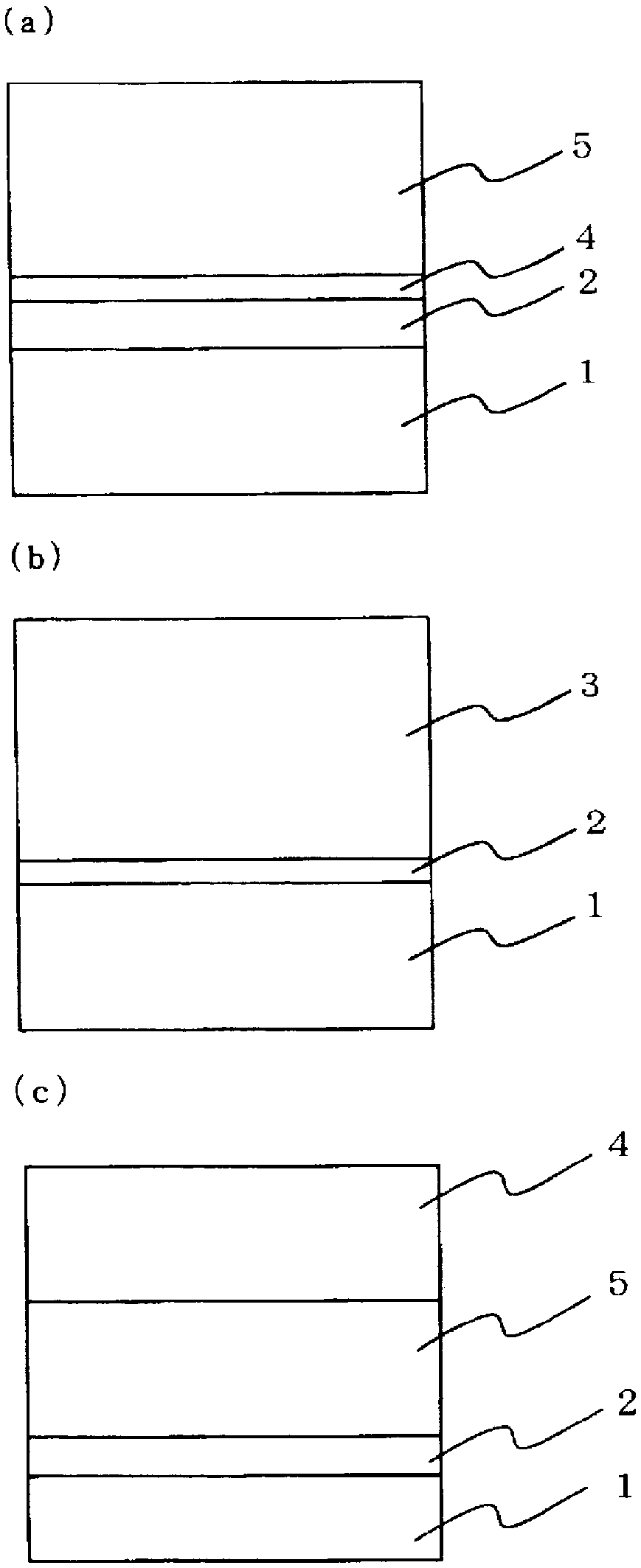Electrophotographic photoreceptor, method for producing same, and electrophotographic device
An electrophotographic and photoreceptor technology, applied in optics, electrographics, instruments, etc., can solve the problems of difficulty in obtaining durability, dispersibility, impurities, and insufficient review of the solubility of compatible resins, and achieve stable image quality. The effect of controlling wear performance
- Summary
- Abstract
- Description
- Claims
- Application Information
AI Technical Summary
Problems solved by technology
Method used
Image
Examples
Embodiment
[0131] Hereinafter, specific embodiments of the present invention will be described in detail using examples. The present invention is not limited to the following examples without departing from the scope of the inventive idea.
[0132] (Preparation of Inorganic Oxide Slurry)
manufacture example 1~44
[0134] In accordance with the production examples shown in Tables 1 and 2, an inorganic oxide slurry was prepared. Specifically, as the inorganic oxide, silica (YA010C (500 ppm of aluminum element content), YA050C (900 ppm of aluminum element content), YA100C (900 ppm of aluminum element content) manufactured by Yadomar Co., Ltd., silica F (aluminum element content of 900 ppm) and silica F (aluminum element content 10ppm), silica G (aluminum element content 100ppm), prepared surface-treated silica that was surface-treated using the treatment agent described in Table 1 as the surface treatment agent, and dispersed (primary dispersion) in In tetrahydrofuran (THF) for photosensitive layer coating solution. As a result of quantifying the amount of the surface treatment agent for the surface-treated inorganic oxides of Production Examples 1, 21, and 33, it was found that the amounts of the surface treatment agent were 1.0, 0.2, and 0.1% by mass, respectively, relative to the treate...
Embodiment 1
[0159] Coating solution 1 was prepared by dissolving and dispersing 5 parts by mass of alcohol-soluble nylon (manufactured by Toray Corporation, trade name "CM8000") and 5 parts by mass of aminosilane-treated titanium oxide fine particles in 90 parts by mass of methanol. This coating liquid 1 was dip-coated on the outer periphery of an aluminum cylinder with an outer diameter of 30 mm as a conductive substrate 1 as a base layer, and dried at a temperature of 100° C. for 30 minutes to form a base layer 2 with a film thickness of 3 μm.
[0160] 1 part by mass of Y-type oxytitanium phthalocyanine as a charge generating material, and 1.5 parts of polyvinyl butyral resin (manufactured by Sekisui Chemical Co., Ltd., trade name "Esreck BM-2") as a resin binder. Parts by mass were dissolved and dispersed in 60 parts by mass of dichloromethane to prepare a coating solution 2 . This coating solution 2 was dip-coated on the base layer 2, and dried at a temperature of 80° C. for 30 minute...
PUM
| Property | Measurement | Unit |
|---|---|---|
| visible light transmittance | aaaaa | aaaaa |
| viscosity | aaaaa | aaaaa |
| visible light transmittance | aaaaa | aaaaa |
Abstract
Description
Claims
Application Information
 Login to View More
Login to View More - R&D
- Intellectual Property
- Life Sciences
- Materials
- Tech Scout
- Unparalleled Data Quality
- Higher Quality Content
- 60% Fewer Hallucinations
Browse by: Latest US Patents, China's latest patents, Technical Efficacy Thesaurus, Application Domain, Technology Topic, Popular Technical Reports.
© 2025 PatSnap. All rights reserved.Legal|Privacy policy|Modern Slavery Act Transparency Statement|Sitemap|About US| Contact US: help@patsnap.com



